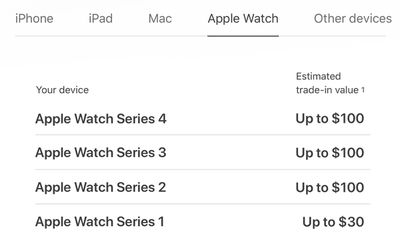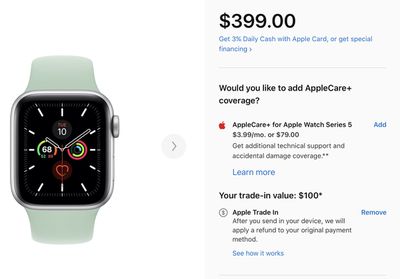In the first three months following its launch, Disney+ has accumulated 28.6 million subscribers, Disney CEO Bob Iger said today during Disney's Q1 earnings call.
According to Iger, Disney+ has "exceeded" the company's "greatest expectations." As The Verge points out, Disney+ has surpassed the number of HBO Now subscribers and is gaining on Netflix's U.S subscriber count, which is at 61 million as of January 2020.
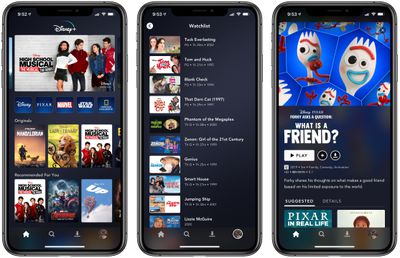
There's no direct comparison to Apple TV+ given the fact that Apple hasn't released subscriber numbers and has a large number of non-paying customers as the company has been providing everyone who has purchased an Apple device since September with a free year of Apple TV+ service.
Disney+ ran promotions for discounted service for multiple years, marking the service down to the equivalent of $3.99, and has provided free Disney+ access to Verizon subscribers. Outside of free trial members and Verizon users, customers with access to Disney+ are paying for it, unlike most Apple TV+ subscribers at this time.
Extrapolating from Apple's Q1 earnings report, Bernstein Research analyst Toni Sacconaghi recently suggested that Apple TV+ has a low adoption rate, even among those who can get it for free. He speculated that this could be due to disinterest from consumers given the limited amount of content on Apple TV+ or Apple's failure to promote it.
It's not clear if Sacconaghi's estimates are correct, as figures from Ampere Analysis shared by The Wall Street Journal indicated Apple could have as many as 33.6 million subscribers, though most of those have free access.
Disney+ has a major edge over Apple TV+ because Disney+ has an established catalog of content along with many popular Star Wars and Marvel franchises. "The Mandalorian," the key show Disney+ premiered with, received more attention than any of Apple TV+'s launch shows, including "The Morning Show," "Dickinson," "See," and "For All Mankind."
Apple TV+ may be able to catch up to Disney+ at some point in the future because Apple does have a huge subscriber base to appeal to given the number of iPhones and other Apple devices in the wild, but it will be years before Apple is able to match Disney's content offerings.


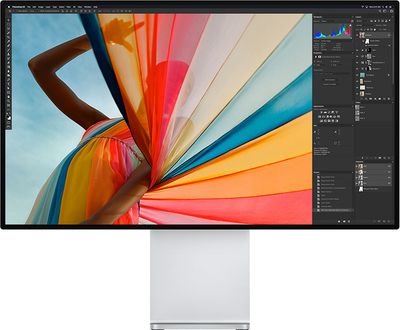
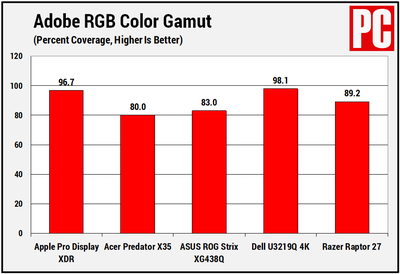
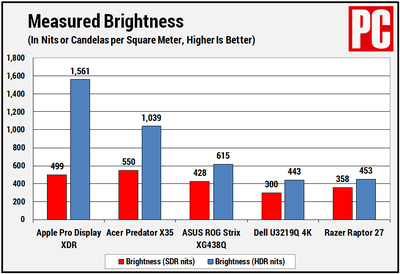
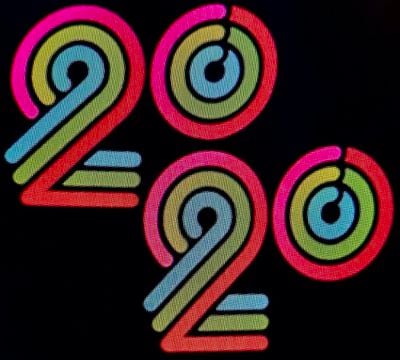
 The United States Department of Justice is continuing with its antitrust investigation into Apple and has recently reached out to developers who create apps for Apple's iOS devices, reports
The United States Department of Justice is continuing with its antitrust investigation into Apple and has recently reached out to developers who create apps for Apple's iOS devices, reports 

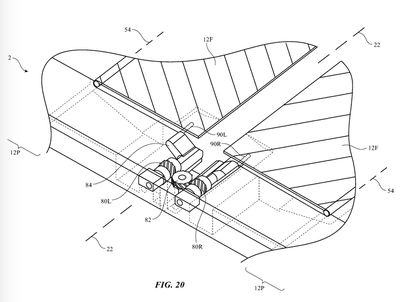


 Note: MacRumors is an affiliate partner with these vendors. When you click a link and make a purchase, we may receive a small payment, which helps us keep the site running.
Note: MacRumors is an affiliate partner with these vendors. When you click a link and make a purchase, we may receive a small payment, which helps us keep the site running.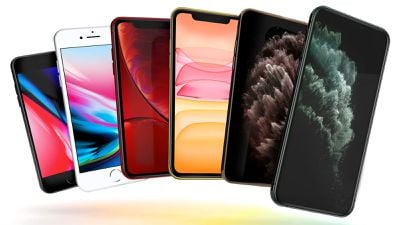
 Google has emailed some users of Google
Google has emailed some users of Google 
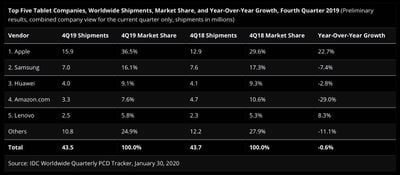
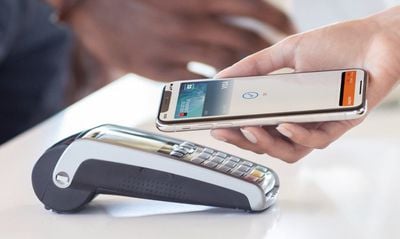
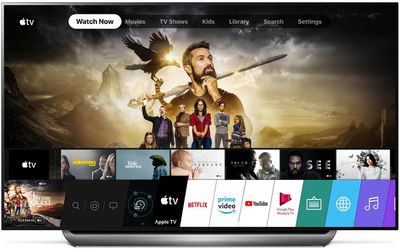
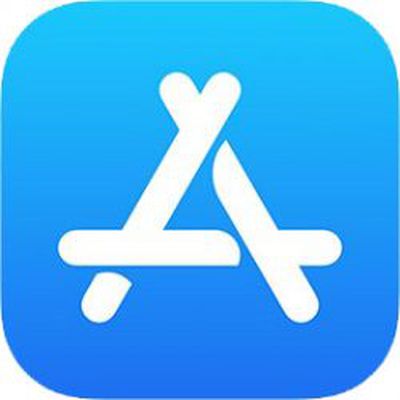 Apple offers free Developer Program memberships to nonprofit organizations, accredited educational institutions, and government entities that distribute free apps on the
Apple offers free Developer Program memberships to nonprofit organizations, accredited educational institutions, and government entities that distribute free apps on the 